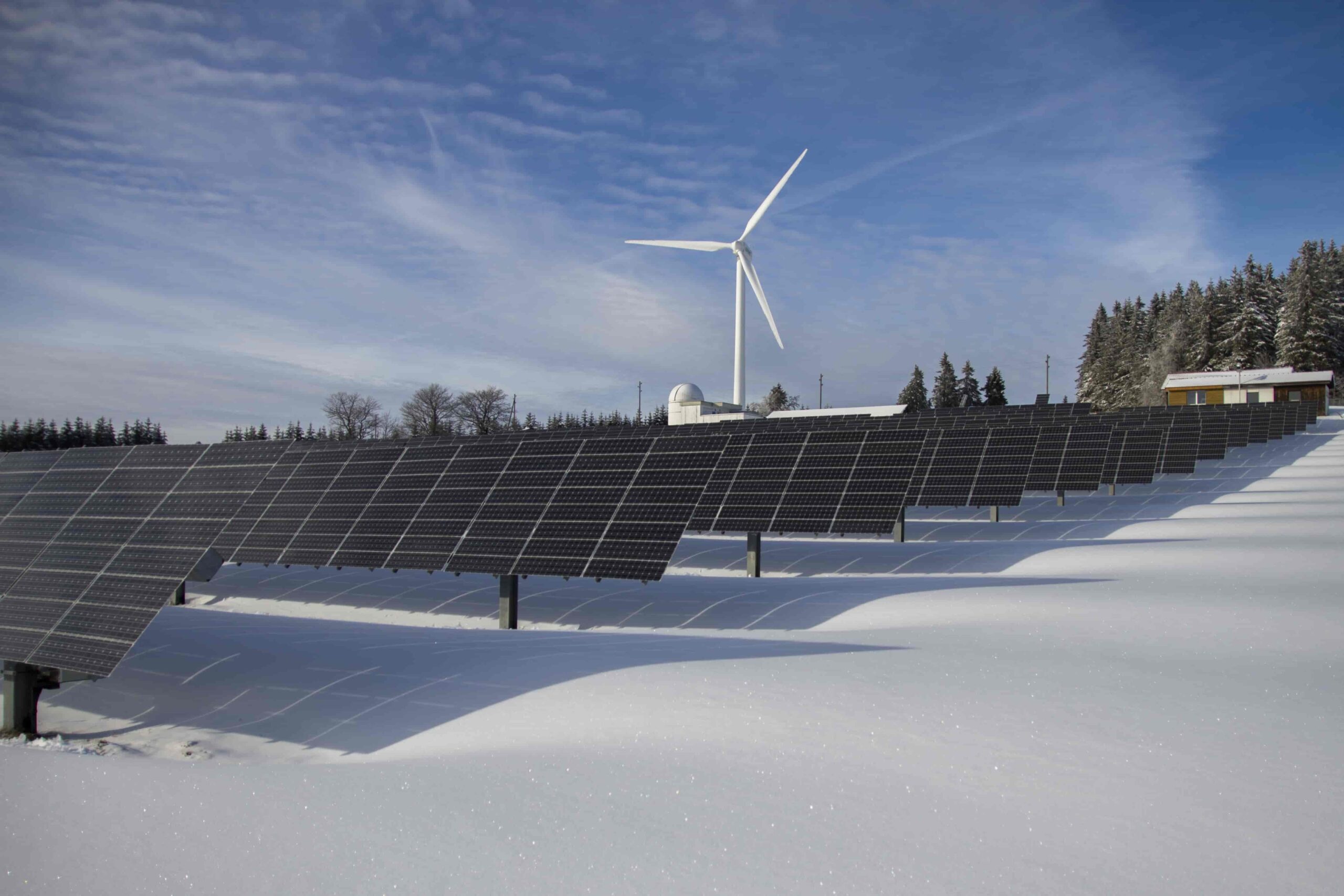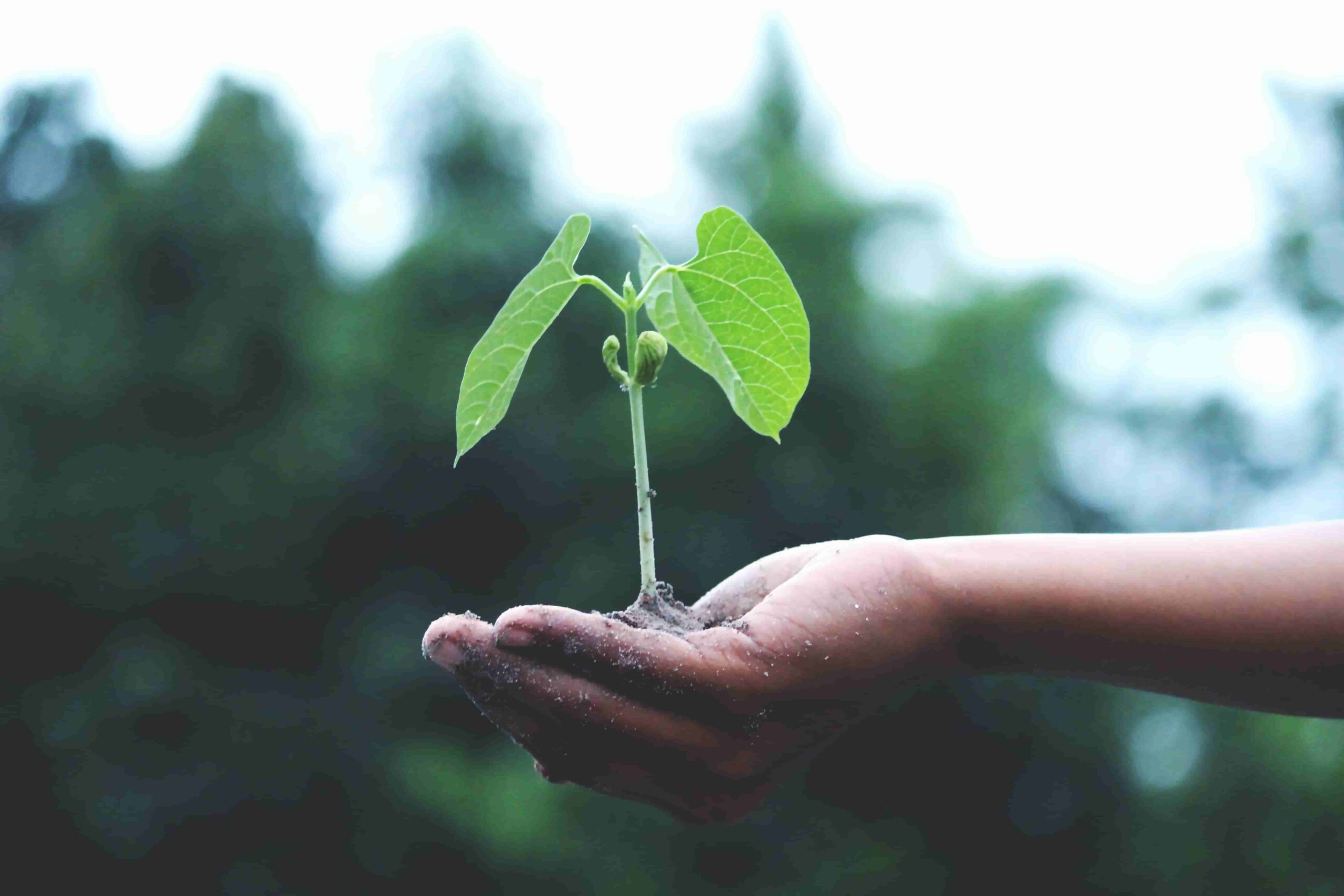As the world grapples with the pressing concerns of climate change, environmental degradation, and the depletion of natural resources, a paradigm shift towards sustainable living has emerged as a beacon of hope. Embracing sustainable living means making conscious choices that reduce our ecological footprint while harmonizing our lifestyles with the natural world. In this post, we’ll look at the fundamental ideas of sustainable living as well as practical activities that individuals and communities may take to live in harmony with nature.
विषयसूची
- Introduction: The Urgency of Sustainable Living
- Understanding Sustainable Living
- Key Principles
- Transitioning to Sustainable Housing
- Sustainable Practices in Daily Life
- Community Engagement for Sustainability
- The Positive Impacts of Sustainable Living
- Challenges and Overcoming Barriers
- The Role of Technology in Sustainability
- Conclusion: Embracing a Harmonious Future
- पूछे जाने वाले प्रश्न
Introduction: The Urgency of Sustainable Living
Natural resource depletion and the rising effects of climate change have highlighted the need for a fundamental shift in how we spend our lives. Sustainable living isn’t just a buzzword; it’s a call to action that urges us to align our choices with the health of our planet.
Understanding Sustainable Living

Defining Sustainability Sustainability requires addressing current needs without endangering future generations’ ability to meet their own. It’s a delicate balance that seeks to preserve the Earth’s natural systems.
Holistic View of the Environment Sustainable living acknowledges that our actions have a ripple effect across ecosystems. It helps us to think about the broader ramifications of our decisions.
The Interconnectedness of Life Every living organism plays a role in the intricate web of life. Sustainable living recognizes this interdependence and seeks to foster harmony among all species.
Key Principles

Reducing Consumption One of the core tenets of sustainable living is reducing our consumption of goods and resources. This minimizes waste and lessens our impact on the environment.
Minimizing Waste Generation From practicing the 3 Rs (Reduce, Reuse, Recycle) to embracing a circular economy, minimizing waste is essential for a sustainable future.
Conserving Energy and Resources Using energy-efficient appliances, conserving water, and opting for renewable energy sources all contribute to resource preservation.
Supporting Biodiversity Protecting biodiversity safeguards ecosystems and ensures the survival of diverse species. Sustainable living involves advocating for conservation efforts.
Transitioning to Sustainable Housing
Energy-Efficient Design Sustainable housing integrates energy-efficient technologies and designs that minimize energy consumption and promote a healthier indoor environment.
Use of Renewable Materials From bamboo flooring to reclaimed wood, sustainable housing materials are sourced responsibly and have a lower environmental impact.
Waste Reduction Strategies Sustainable homes incorporate waste reduction techniques such as composting, water recycling, and reduced packaging.
Sustainable Practices in Daily Life
Eco-Friendly Transportation

Opting for public transportation, carpooling, cycling, or walking reduces emissions and congestion, promoting cleaner air and healthier lifestyles.
Plant-Based Nutrition

A plant-based diet requires fewer resources and produces fewer greenhouse gas emissions compared to traditional animal-based diets.
Conscious Water Usage

Conserving water through mindful practices like fixing leaks and using water-saving appliances is crucial for sustainable living.
Mindful Shopping Habits

Buy in bulk, Supporting eco-friendly products, minimal packaging, and ethical brands encourages sustainable production practices.

The amount of trash we generate personally on a daily and annual basis is staggering. Whenever possible, bring your own utensils and bags.
Community Engagement for Sustainability
Local Initiatives and Collaboration Communities can initiate local projects such as community gardens, clean-up drives, and renewable energy campaigns to foster sustainability.
Urban Planning for Green Spaces Incorporating green spaces and parks into urban planning enhances air quality, provides recreational areas, and supports local biodiversity.
Education and Awareness Programs Raising awareness about sustainable practices through workshops, seminars, and educational campaigns empowers individuals to make informed choices.
The Positive Impacts of Sustainable Living

Reduced Carbon Footprint Collective efforts towards practices living contribute to decreased carbon emissions, mitigating the effects of climate change.
Preserving Ecosystems By respecting ecosystems, sustainable practices protects natural habitats and ensures the well-being of countless species.
Enhancing Personal Well-being Sustainable living often leads to healthier lifestyles, fostering physical and mental well-being for individuals and communities.
Challenges and Overcoming Barriers
Economic Considerations Transitioning to sustainable practices may involve initial costs, but long-term benefits in terms of savings and environmental health are significant.
Cultural and Social Factors Cultural norms and social behaviors can sometimes hinder the adoption of sustainable practices, requiring tailored strategies for change.
Overcoming Resistance to Change Encouraging sustainable living often requires shifting mindsets and challenging established habits, which can be met with resistance.
The Role of Technology in Sustainability

Clean Energy Solutions Technological innovations like solar panels, wind turbines, and energy storage systems play a pivotal role in advancing sustainable energy production.
Sustainable Innovation Cutting-edge technologies can revolutionize industries, making processes more efficient and reducing their ecological impact.
Digital Tools for Monitoring and Analysis Data-driven insights enable individuals and organizations to track their environmental footprint and make informed decisions.
Conclusion: Embracing a Harmonious Future
Embracing sustainable living is a commitment to coexisting with nature rather than exploiting it. By incorporating principles of responsible consumption, waste reduction, and conscious choices into our daily lives, we can forge a harmonious future for both humanity and the planet.
पूछे जाने वाले प्रश्न
1. What is sustainable living?
Sustainable living involves making choices that prioritize environmental health and resource preservation, ensuring a balanced coexistence with nature.
2. How can I transition to a more sustainable lifestyle?
Start small by reducing waste, conserving energy, and supporting eco-friendly products. Gradually incorporate sustainable practices into various aspects of your life.
3. Is sustainable living expensive?
While some initial costs may be involved, sustainable living can lead to long-term savings and a healthier environment, making it a worthwhile investment.
4. How does sustainable living benefit me personally?
Sustainable living promotes healthier habits, a cleaner environment, and a sense of responsibility towards the planet, contributing to enhanced personal well-being.
5. How can communities promote sustainable living?
Communities can engage in local initiatives, education programs, and collaborative efforts to raise awareness and encourage sustainable practices.


9 thoughts on “Sustainable Living: Survival in Harmony with Nature’s Zone”